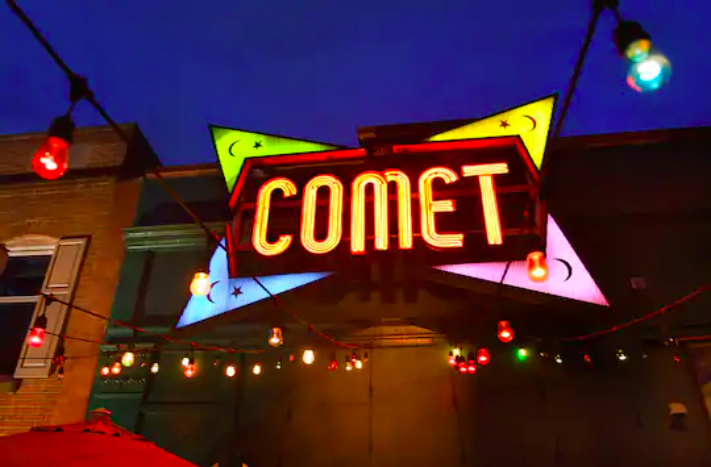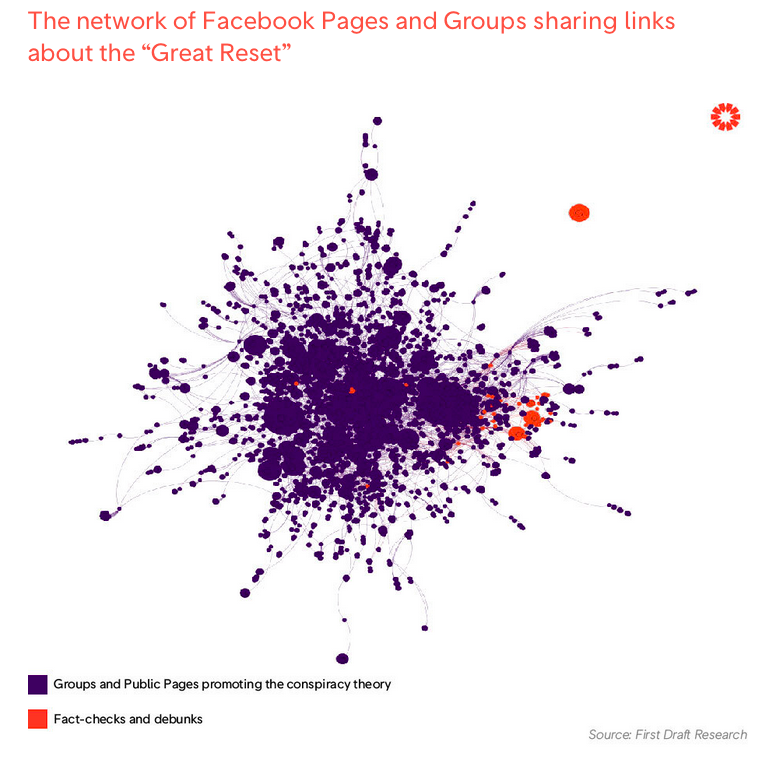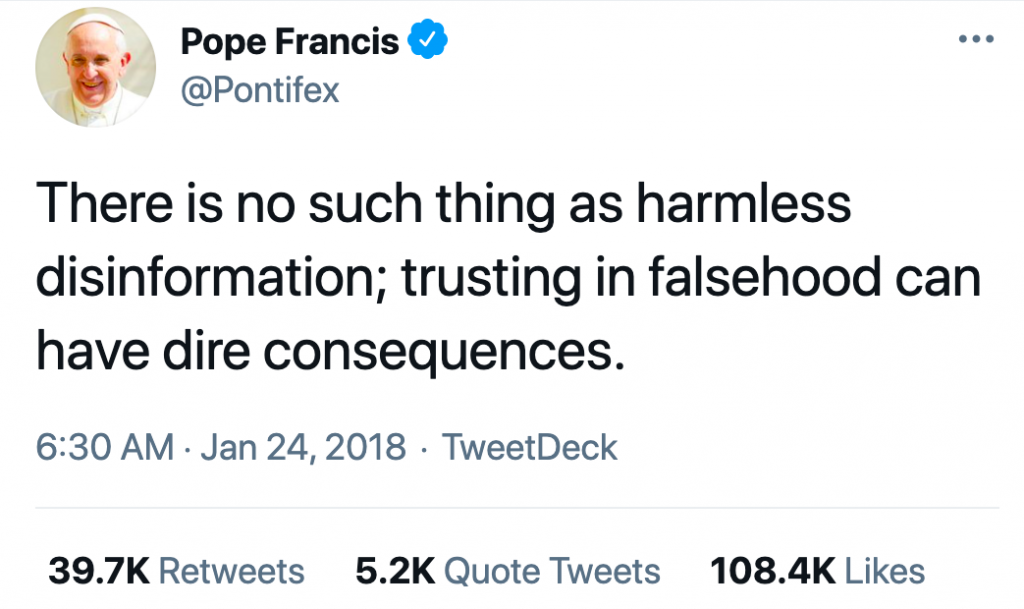(Mis)Information Literacy
A recent conversation among librarians at BC Libraries, prompted by one of those articles that has the potential to change a field’s assumptions, led many of us to reflect on the role of librarians in disrupting misinformation.

Though libraries have long made it our business to teach information literacy, we’ve only recently focused attention on misinformation and disinformation. In the forty years from 1975 to 2015, twenty-eight library science journal articles focused on mis or disinformation; the last five years have seen sixty-five. Along with this dramatic increase in research have come profound changes in strategy and perspective.
A little background: information literacy (IL) is a relatively new label. Before the early 1990’s, teaching in the library was often called bibliographic instruction (BI). The terms coexisted for a while, but as the web grew and libraries worked on redefining their role more broadly in response, BI began to seem archaic, and IL, with its potential for including information outside of what had been classified and organized in libraries, came to be the norm.

As the web grew bigger and more complex, more information became “disintermediated”—that is, less apt to be mediated by a publishing universe of authors, editors, journalists, and tv producers and directors and of course librarians—, leaving the public at the mercy of the motives of those with the ability and will to publish to the web: in other words, anyone.
At the same time, the web’s advertising structure undercut traditional journalism’s main revenue source. Many small local newspapers either folded or were bought by conglomerates, and larger ones had to cut many jobs. At a moment when people suddenly had broad access to all kinds of information (and misinformation), carefully-sourced news disappeared behind paywalls, and slapdash news remained free. Like music, news has become “unbundled” to the point that many younger readers are only passingly familiar with major news outlet names like the New York Times. Free news is low quality, quality news is behind paywalls, and more people see headlines in social media or on Google than they do on the news outlets’ own pages.
The Association of College & Research Libraries (ACRL) pushed into yet another redefinition of IL in 2015. The information literacy competency standards, only 15 years old in 2015, were viewed by many as too rigid to remain relevant in the quickly-changing information ecosystem. It was replaced by a broader and more adaptable framework built around threshold concepts, such as “authority is constructed and contextual,” and which redefined information literacy broadly enough to acknowledge the web’s explosive growth.
Of course, recent library response(s) to misinformation don’t exist in a vacuum. There is a longstanding recognition that mis- and disinformation have the potential to be corrosive to society that has only recently gained intensity. A classic, Darrell Huff’s How to Lie with Statistics, was first published in 1954, McLuhan’s Understanding Media: The Extensions of Man in 1964, and Noam Chomsky’s Manufacturing Consent in 1988. The phrase “fake news” has surfaced every so often since the early 20th century, and studies of propaganda surface predictably during wartime. The recent sustained and intense focus on mis- and disinformation is universal.
Consider how many fact-verification sites have proliferated in the last decade. Snopes originally focused on debunking urban legends and conspiracy theories, only recently changing its focus to “fake news.” Others, like FactCheck and Politifact, arose as journalists contended with a dramatic increase in the spread of misinformation spread by politicians. The News Literacy Project took on K-12 instruction, and initiatives like NewsGuard and Allsides tried to augment readers’ efforts to filter news quality and bias. First Draft created a variety of tools and training for journalists for verifying the new user-created stories—images, videos, and tweeted testimony by ordinary people during breaking stories. This is by no means a complete list; for more, see our News Literacy guide.
Likewise, libraries attempted to adapt to an information environment suddenly awash in information pollution. But early efforts were hampered by older perspectives and existing instructional tools. Some efforts involved building lists of disreputable news outlets with histories of publishing disinformation, but these lists had limited utility because of the quickly changing landscape. People compared it to a game of “whack-a-mole.”
A commonly shared handout in the early 2010’s was the CRAAP test: an acronym for evaluating a source’s currency, relevance, authority, accuracy, and purpose. It worked reasonably well in an environment of assumed good faith, but was ill-suited to evaluating a news article dreamed up by a 20-something on a couch in Macedonia.
Borrowing strategies from journalistic fact-checkers quickly began to seem more useful; they at least had the virtue of giving quick results. Mike Caulfield, Director of Networked & Blended Learning at Washington State University, developed a widely-adopted curriculum for teaching fact-checking, and ultimately made it available for free in an online book, Web Literacy for Student Fact-Checkers. In short, the strategy is: don’t even bother reading an article until you’ve confirmed the reality of the story in other sources.

Librarians are often systems-thinkers, though, aware of the limitations of strategies that can only be used to address individual articles, especially given that journalistic fact-checking has not been a very effective tool against conspiracy theories or other widely shared misinformation. What about helping students understand the information ecosystem more broadly? Two journalists, Bill Kovacs and Tom Rosenstiel described the cable news and online news ecosystem back in 2010 with Blur: How to Know What’s True in the Age of Information Overload. Eli Pariser coined the term “Filter Bubble” in a TED Talk and book in 2011 to describe the Google algorithms’ tendency to isolate searchers in self-limiting bubbles of geographically and habitually limited information, a notion extended to the implicit racism of such bubbles in Safiya Nobles Algorithms of Oppression in 2018. Siva Vaidhyanathan’s Antisocial Media: How Facebook Disconnects Us and Undermines Democracy was released in the same year. If one thing links all of these analyses, it’s that pursuit of profits by big internet entities like Facebook and Google divides us at least as much as it brings us together. If recent ethics personnel being fired in Google’s AI division is any indication, the balance between ethics and profits will continue not serving us for the foreseeable future.
Recently, librarians have begun to employ the ACRL Framework’s concepts to help interrogate misinformation. For example, within the threshold concept “Information Creation as a Process,” librarians could describe the journalistic practices of editorial selection and fact-checking, then have students examine web news sources with and without transparent editorial staff listings.
Though a well-known study at Stanford showed students’ shortcomings in identifying trustworthy web news sources, other studies are more encouraging. Project Information Literacy studies have shown that although some students get caught up in spreading misinformation, many have strategies to keep on top of and filter news, and have other strategies for both for maintaining security and disrupting search algorithm bubbles.
Watch for more substantial changes in how libraries grapple with misinformation. A recent article by librarian Barbara Fister (closely involved with Project Information Literacy), lit a fuse among librarians by asking:
why decades of trying to make information literacy a universal educational outcome hasn’t prevented a significant portion of the population from fervidly embracing an elaborately populated world of disinformation while rejecting “mainstream media.”
Her principal diagnosis is that there is no curriculum that addresses disinformation; it is “everyone’s job, but nobody’s responsibility.” Though students get plenty of assignments that ask them to analyze and synthesize information they find through library research, they aren’t learning how information systems (from Facebook to YouTube to talk radio) directly intersect with power structures. Ideas circulate energetically in internet communities on 4chan, 8kun, and Parler, get amplified by cable news commentators and questionable news outlets, and then further amplified and turned into policy initiatives by politicians, all without surfacing in any resources housed in libraries. In other words, “information literacy” as traditionally taught misses a whole pipeline of information serving powerful interests.
The people who engage in trading misinformation are in vibrant, active communities who foster a kind of information agency by employing their own versions of critical thinking. “Research it yourself,” “be skeptical,” and “give us the raw data,” have become rallying points not to defend rational argument and empiricism, but to attack researchers and higher education, which they perceive as insular, elitist, and inaccessible. In the words of Danah Boyd in a provocative keynote at SXSW in 2018, they’re attacking “the very tools that people use to make sense of the world around them have been strategically perverted by other people who believe themselves to be resisting the same powerful actors that we normally seek to critique.”
We have an epistemological crisis of intimidating scope on our hands. What can we do? Libraries can help by filling in a broader information perspective and teaching rudimentary information triage techniques of fact-checking. But, Danah Boyd again: “There’s widespread sentiment that we can fact check and moderate our way out of this conundrum. This will fail.”
We also house a growing collection of critical analyses of mis- and dis-information that professors could begin to use in courses. But it’s a far bigger problem than can be solved with the brief encounters librarians have with students in class visits and research consultations, as productive and useful as those encounters are. We would like to invite faculty into partnerships to begin to answer some questions:
- How can we better leverage students’ existing strategies?
- How can we better understand misinformation pipelines?
- How can we understand the discontent and disconnection that create appetites for disinformation?
- How can we learn more about information and misinformation ecosystems?
- How can we understand better why conspiracy theories have become so prevalent, replacing trust in institutions?
- How can we address the community most likely to share online misinformation, older adults?
That’s far from an exhaustive list, but it’s a start. And we do need to start.
